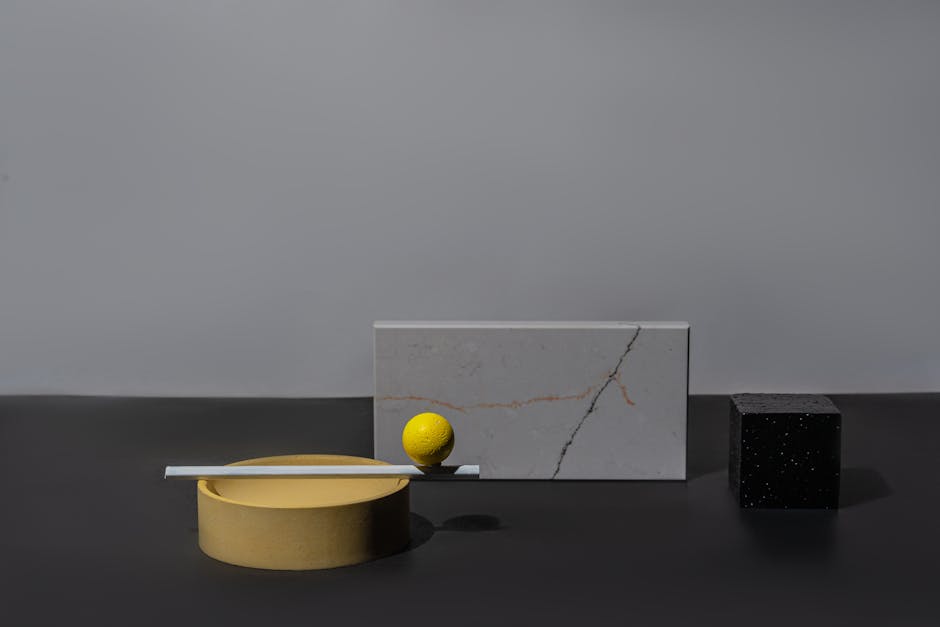Curating Wall Art That Aligns with the Principles of Minimalism and Modernity
Introduction
Minimalism and modernity in interior design emphasize clean lines, functionality, and a deliberate absence of clutter. Choosing wall art that aligns with these principles requires a thoughtful approach. This article explores how to curate wall art that complements a minimalist and modern aesthetic, enhancing your space without overwhelming it.
Curating Wall Art for Minimalism and Modernity
Understanding the Core Principles
Before selecting any artwork, it’s crucial to understand the foundational principles of both minimalism and modernity:
- Minimalism: Focuses on simplicity, essential forms, and negative space. It’s about quality over quantity and eliminating the unnecessary.
- Modernity: Embraces clean lines, geometric shapes, and functional design. Modern art often incorporates industrial materials and abstract concepts.
Choosing the Right Style
The art you choose should echo these principles. Consider the following styles:
- Abstract Art: Pieces with simple shapes, bold colors, or limited palettes work well.
- Geometric Art: Prints featuring geometric patterns and clean lines provide a modern edge.
- Line Art: Simple line drawings, especially of botanical subjects or portraits, offer understated elegance.
- Photography: Black and white photography, architectural shots, or minimalist landscapes can add depth and sophistication.
Color Palette Considerations
Color plays a vital role in both minimalist and modern design. Adhere to a limited and cohesive color palette:
- Neutrals: Grays, whites, beiges, and blacks are foundational.
- Accents: Introduce a single, carefully chosen accent color (e.g., ochre, navy, or forest green) to add visual interest.
- Monochromatic Schemes: Explore different shades of the same color for a sophisticated and subtle look.
Selecting the Right Materials and Framing
The materials and framing should also reflect the minimalist and modern aesthetic:
- Canvas Prints: Choose gallery-wrapped canvases for a clean, frameless look.
- Metal Prints: Add a sleek and contemporary touch.
- Framed Prints: Opt for simple, thin frames in black, white, or natural wood. Avoid ornate or overly decorative frames.
Placement and Arrangement
How you display your art is just as important as the artwork itself:
- Less is More: Avoid overcrowding walls. Consider featuring a single statement piece or a small, curated collection.
- Negative Space: Allow ample negative space around your artwork to create a sense of calm and visual balance.
- Consider Scale: Choose artwork that is appropriately sized for the wall. A large piece can make a bold statement, while smaller pieces can add subtle interest.
- Symmetry and Balance: Experiment with symmetrical arrangements for a formal look or asymmetrical arrangements for a more modern and dynamic feel.
Examples of Wall Art that Fits the Style
Here are a few specific examples of wall art that would work well in a minimalist or modern space:
- A single, large-scale abstract painting with a limited color palette.
- A grid of black and white photographs.
- A set of three geometric prints in coordinating colors.
- A single line drawing of a plant in a simple black frame.
- A metal print of an architectural detail.
Conclusion
Curating wall art that aligns with minimalism and modernity is about intentionality and restraint. By understanding the core principles, choosing the right styles and materials, and paying attention to placement, you can create a visually appealing and harmonious space that reflects your personal taste and embodies the essence of these design philosophies. Remember that the goal is to enhance, not overwhelm, the overall aesthetic of your room.




Post Comment